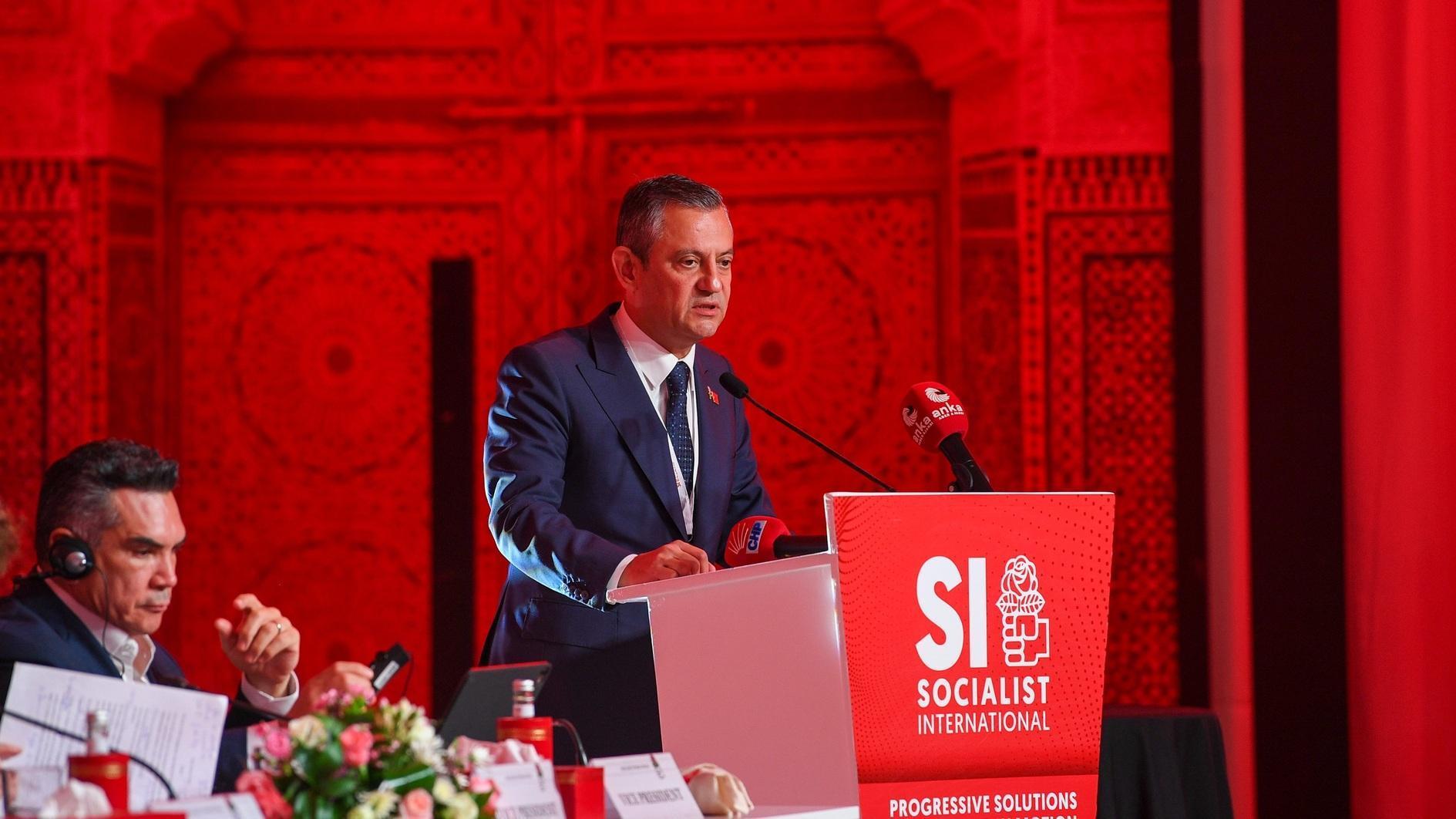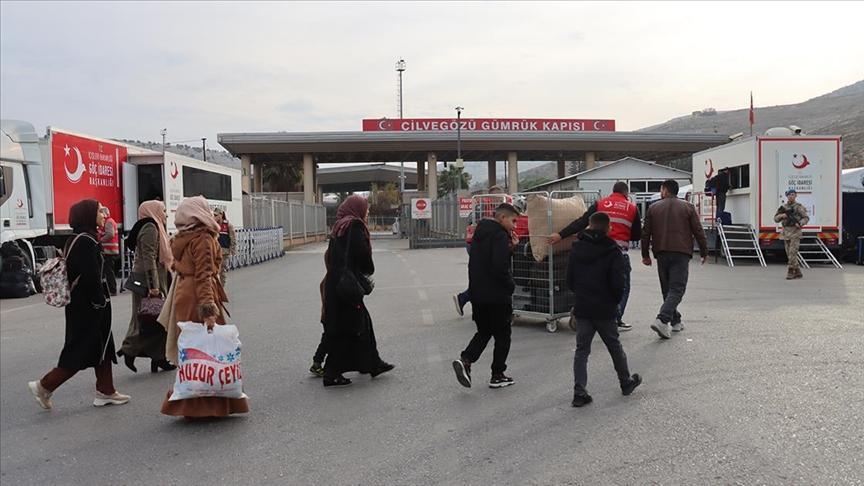Hope and despair as Japan marks tsunami anniversary
TOKYO - Agence France-Presse

This file photo taken on March 12, 2011 shows white smoke rising into the air in the badly damaged town of Yamada in Iwate prefecture a day after a massive earthquake and tsunami hit the region, killing some 19,000 people.
In the dark months after a catastrophic tsunami smashed into Japan, killing almost 19,000 people and sparking a nuclear disaster, hopes for a rapid recovery and a national rebirth were frustrated by political paralysis.Now, two years on and with an energised new administration in Tokyo, some are daring to believe that better times lie ahead for the stricken northeast, and the country as a whole.
Monday marks the second anniversary of the 9.0 magnitude earthquake that sent a huge wall of water into the coast of the Tohoku region, splintering whole communities and ruining swathes of prime farmland.
Waves battered the Fukushima Daiichi nuclear plant, 220 kilometers (136 miles) northeast of Tokyo, where reactors went into meltdown, sending out radioactive material that forced tens of thousands of people to flee.
More than a million homes were destroyed or damaged by the natural disaster.
Of the roughly 470,000 people who fled during the initial catastrophe and in the weeks after the nuclear crisis began, more than 315,000 people still live in temporary housing -- many of them dreary public units.
But hopes that massive infrastructure spending would put the region back on its feet, and reinvigorate a national economy that has suffered more than a decade of growth-sapping deflation, did not materialise.
Debris has largely been cleared from the streets of coastal settlements. But it remains piled up in parks and empty lots, grim monuments to the worst crisis to hit Japan since World War II.
Nearly 10,000 aftershocks have been recorded, including 736 jolts that measured above magnitude 5.0, some shaking the ground at Fukushima where there are still no permanent fixes for the damaged reactors.
Recovery work in places has stalled, victim sometimes of turf battles between local and national governments, or of indecision in communities unsure whether to rebuild on the same spot or move to higher ground.
Then in December Shinzo Abe swept into the prime minister's office, promising a succession of massive spending programmes to speed up reconstruction and boost the national economy.
Abe's unapologetic and aggressive stimulus steps are divisive, with detractors criticising his seeming love affair with debt-financed spending.
But they mark a stark reversal from the purposelessness many felt was the mark of his predecessors, who battled with haemorrhaging public support and ill-disciplined and fractious Tokyo politics.
"We will build a Tohoku in which young people are able to have hearts full of hope," said Abe in a recent policy speech.
Norio Kanno, mayor of Iitate village, 40 kilometers from Fukushima Daiichi nuclear plant, said he and other local leaders have great hopes of the new government.
"It's been said 'There won't be any recovery of Japan without the recovery of Fukushima,'" said Kanno, whose village became a radiation hotspot from which its 6,000 residents evacuated.
"We have great expectations of the new government, which appears to be tackling this issue seriously," he said.
To be sure, government reconstruction money has already brought an economic and construction boon of sorts to some parts of Tohoku, where consumers whose entire lives had been washed away had to buy everything from fridges to cars.
But many tsunami-hit communities have become fragmented ghosts of their former selves, split by the need for safety and the desire to return to ancestral lands.
Many young people are leaving the region, particularly nuclear-tainted Fukushima where the economy is faltering, to start new lives. Some leave their parents behind, hoping they can one day go back to what they knew.
Meanwhile, Japan is still debating how it should power its massive economy, with the public split on whether atomic power should ever be trusted again.
Only two of its 50 commercial nuclear reactors have been restarted, with strict safety standards and a political nervousness keeping the others offline.
But with no commercially viable alternatives available and a staunchly pro-nuclear prime minister at the helm, commentators say it is likely just a matter of time before some units are fired up again.
At Fukushima, where engineers say the crippled reactors are no longer leaking radiation, experts believe it will be as long as 40 years before the site is completely decommissioned.
A poll by national broadcaster NHK found that 60 percent of viewers outside the disaster zone said their memories of Japan's worst post-WWII catastrophe were beginning to fade.
But for Mayor Kanno the wounds of two years ago are still fresh.
"Everybody feels, 'We don't need money if we can just get things back as they used to be"," he said. "But that can never happen."
















